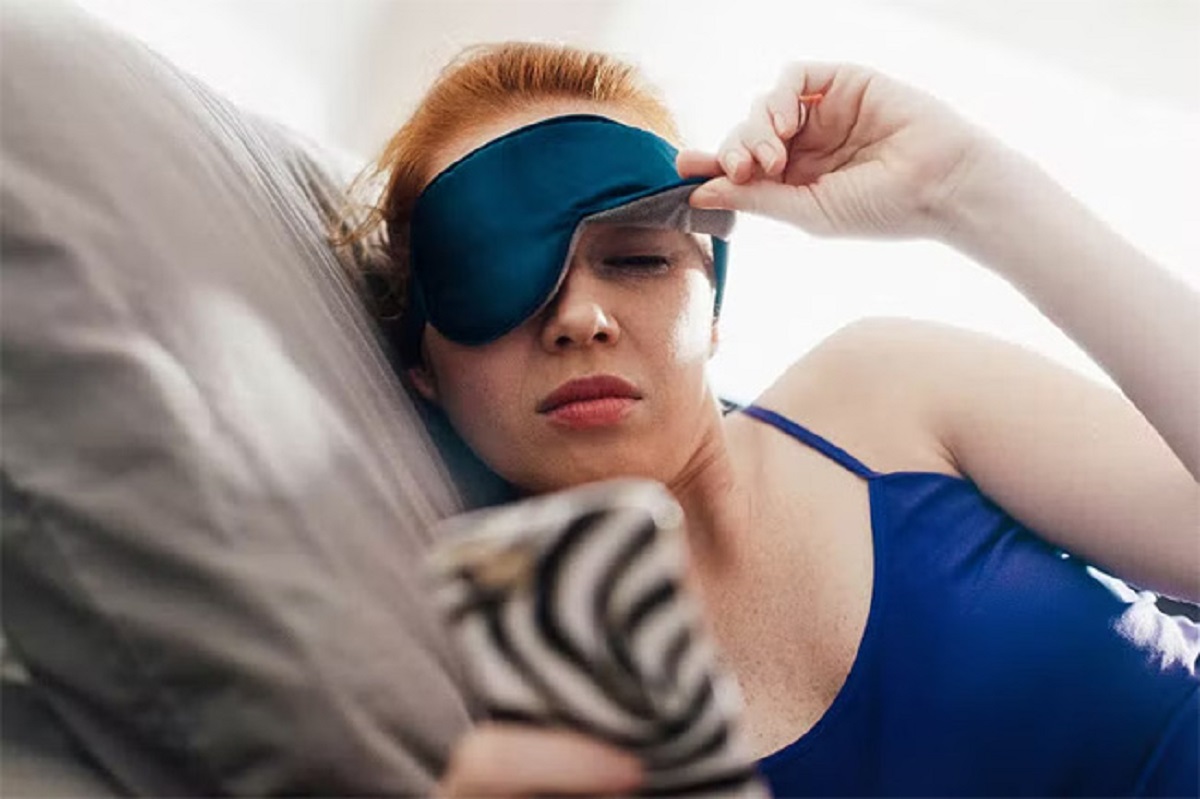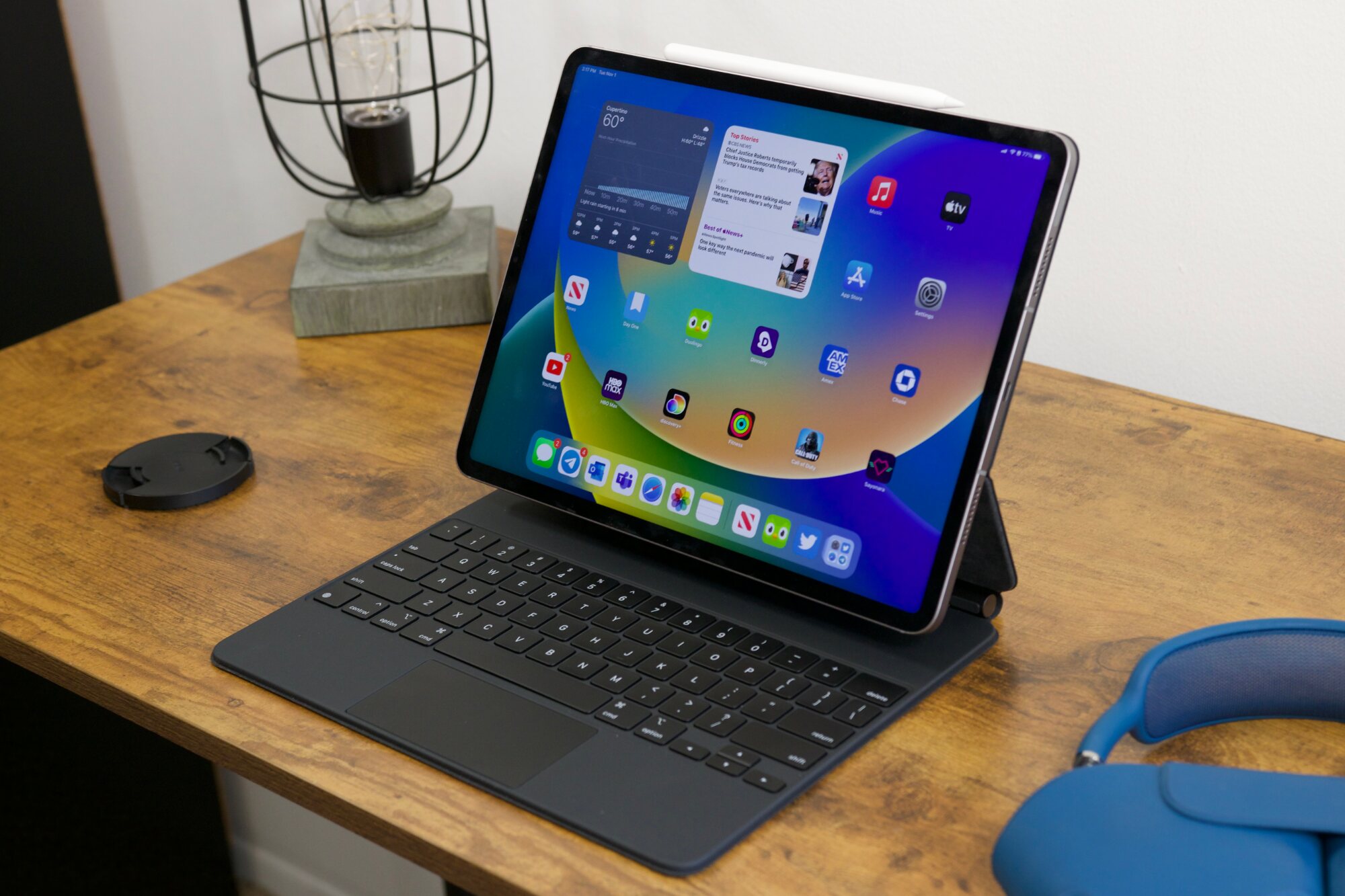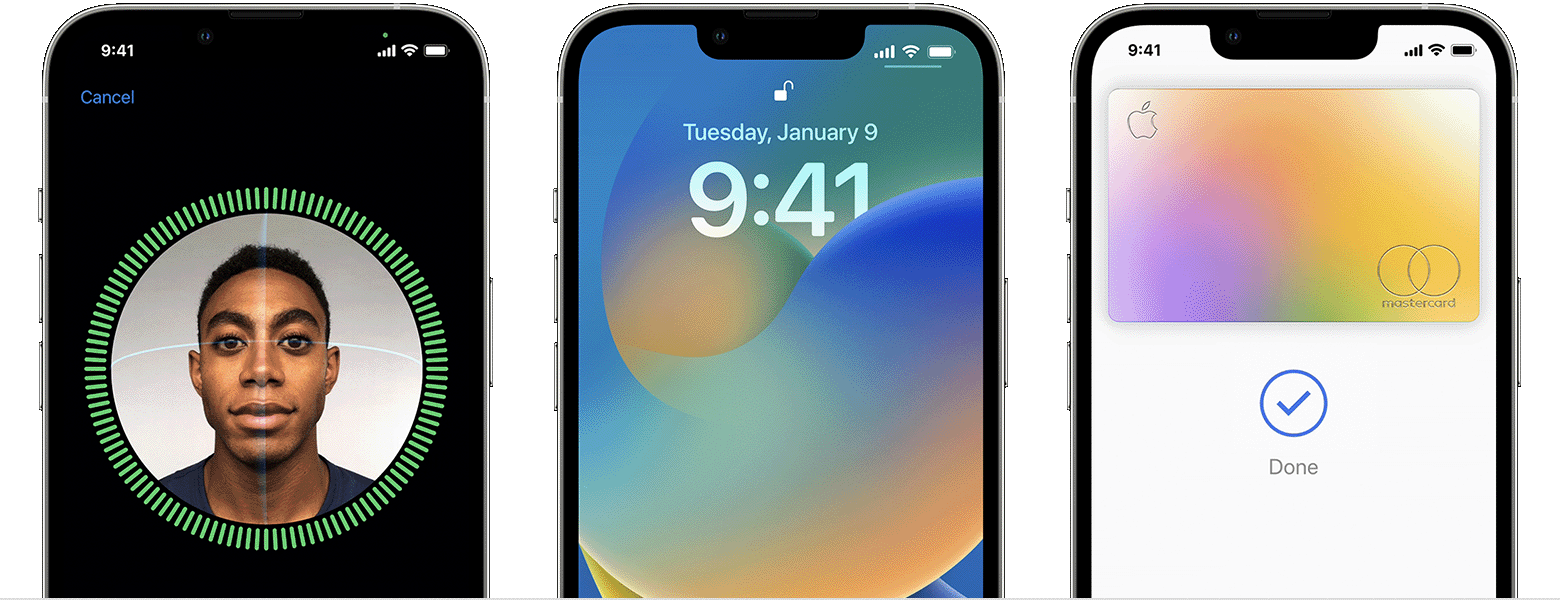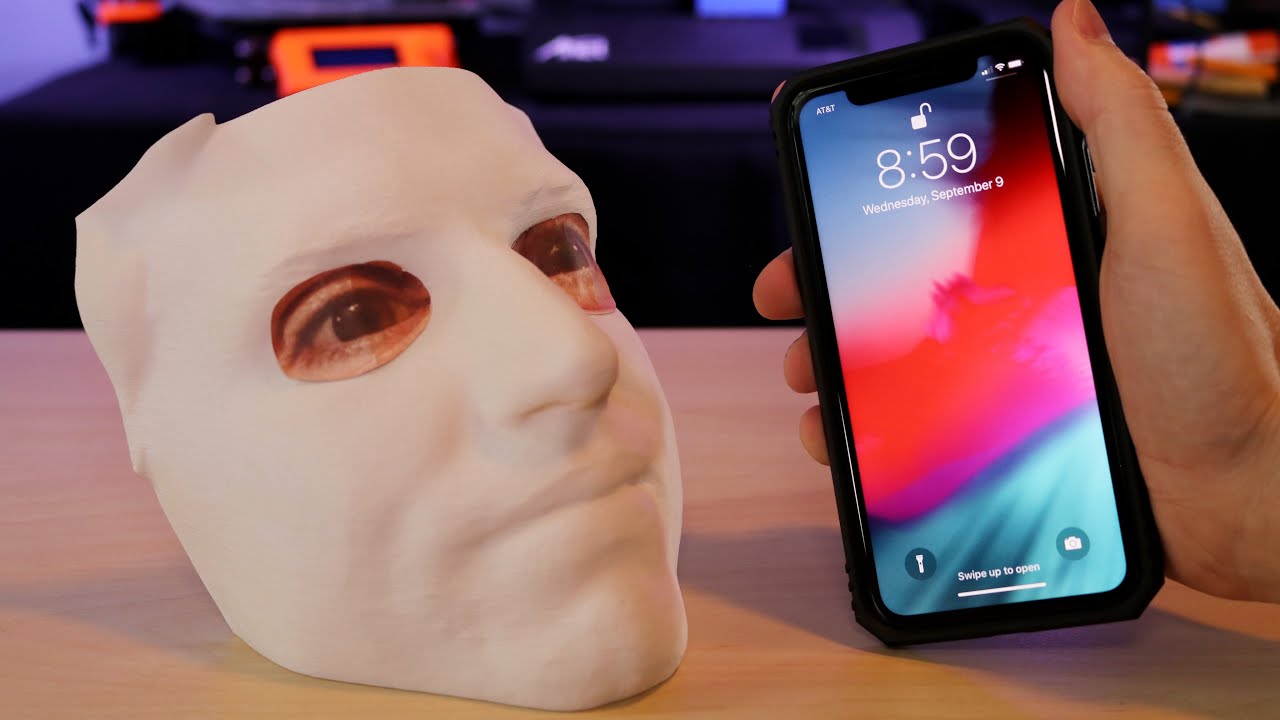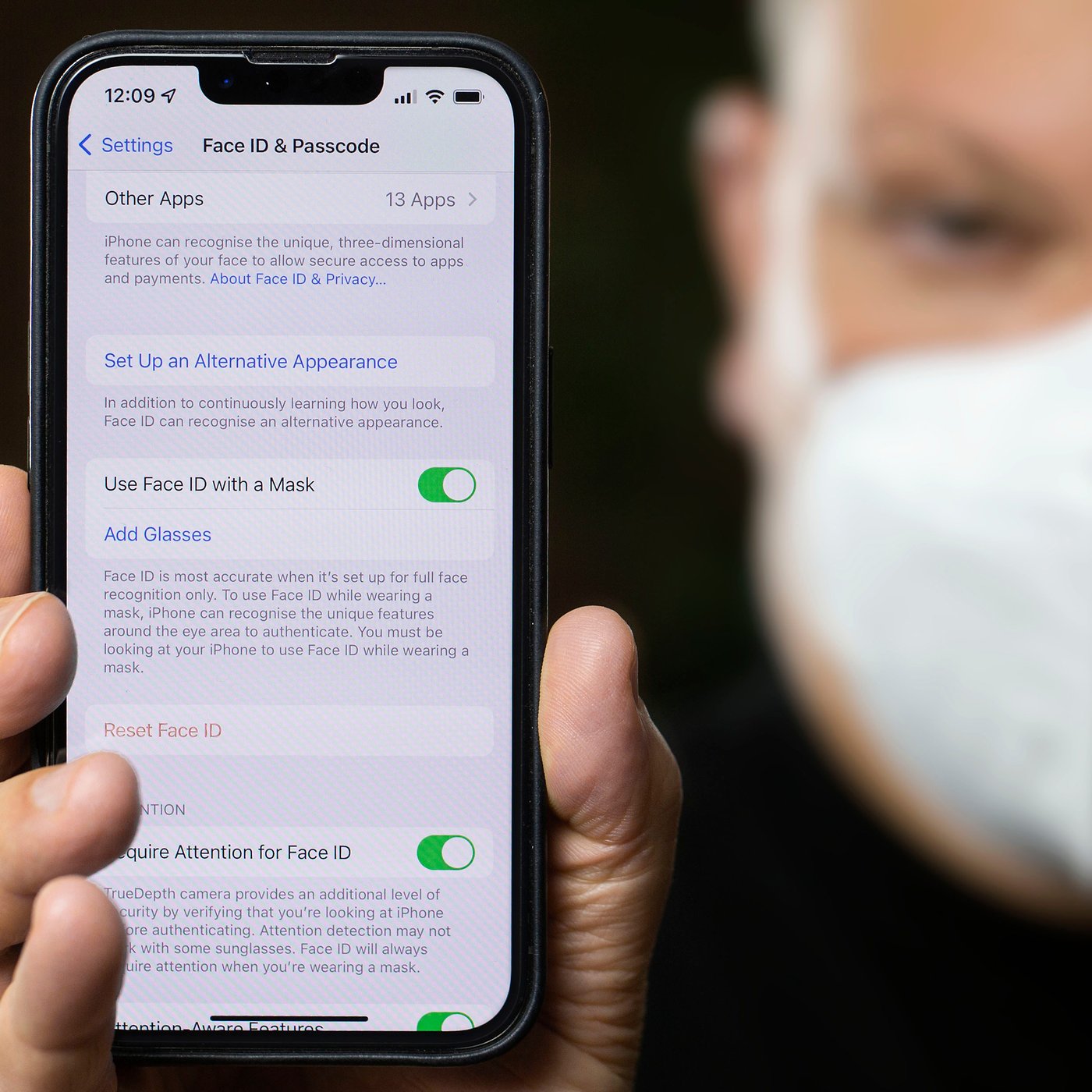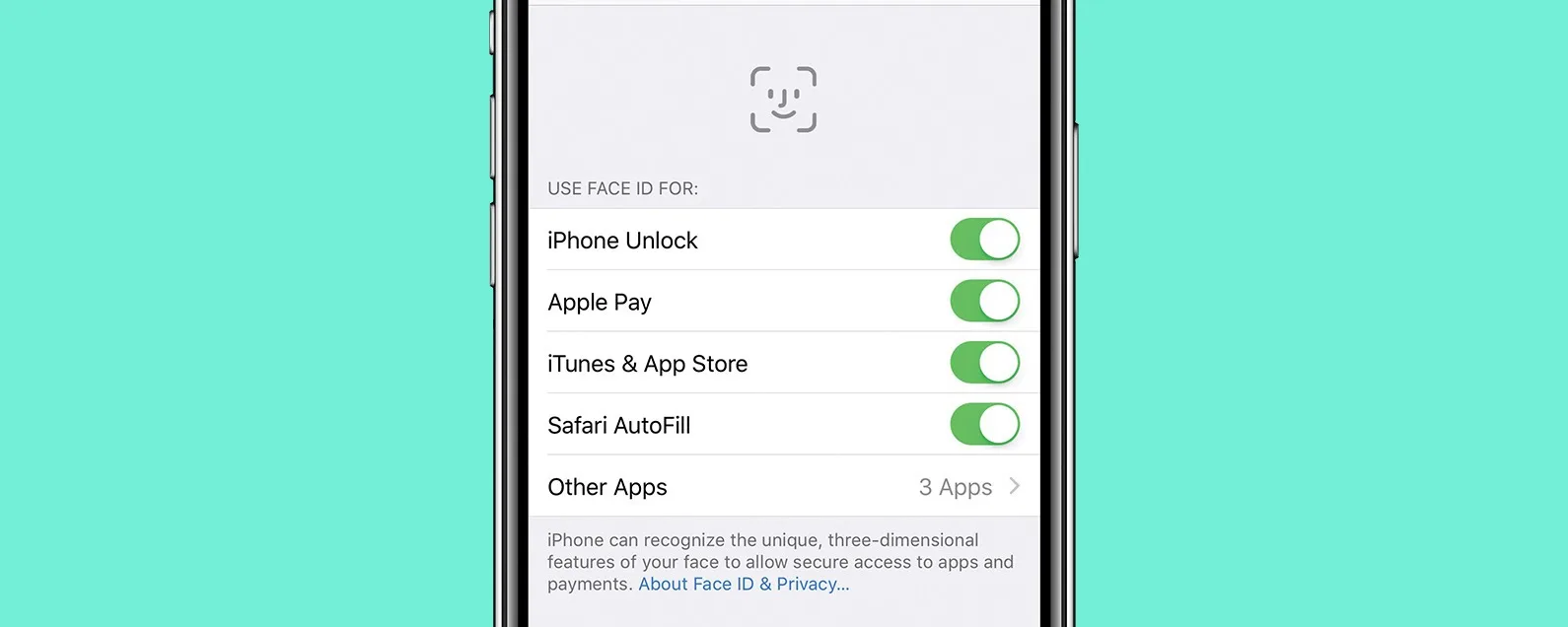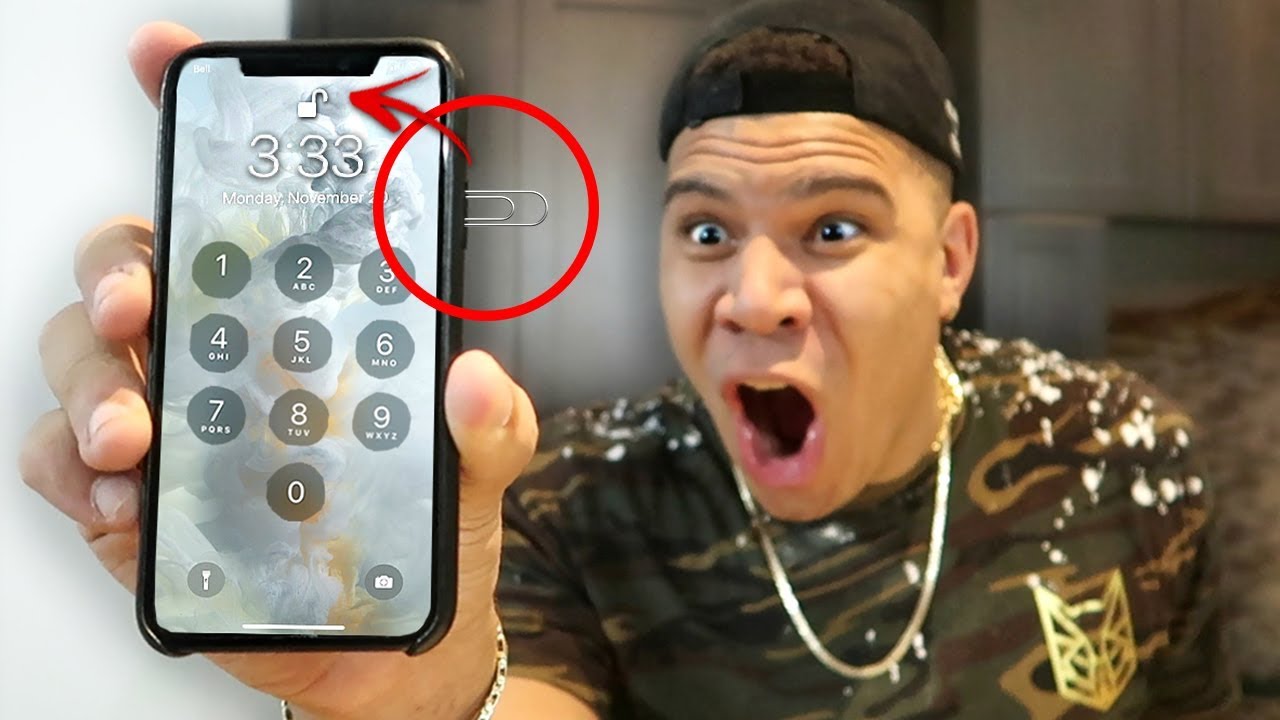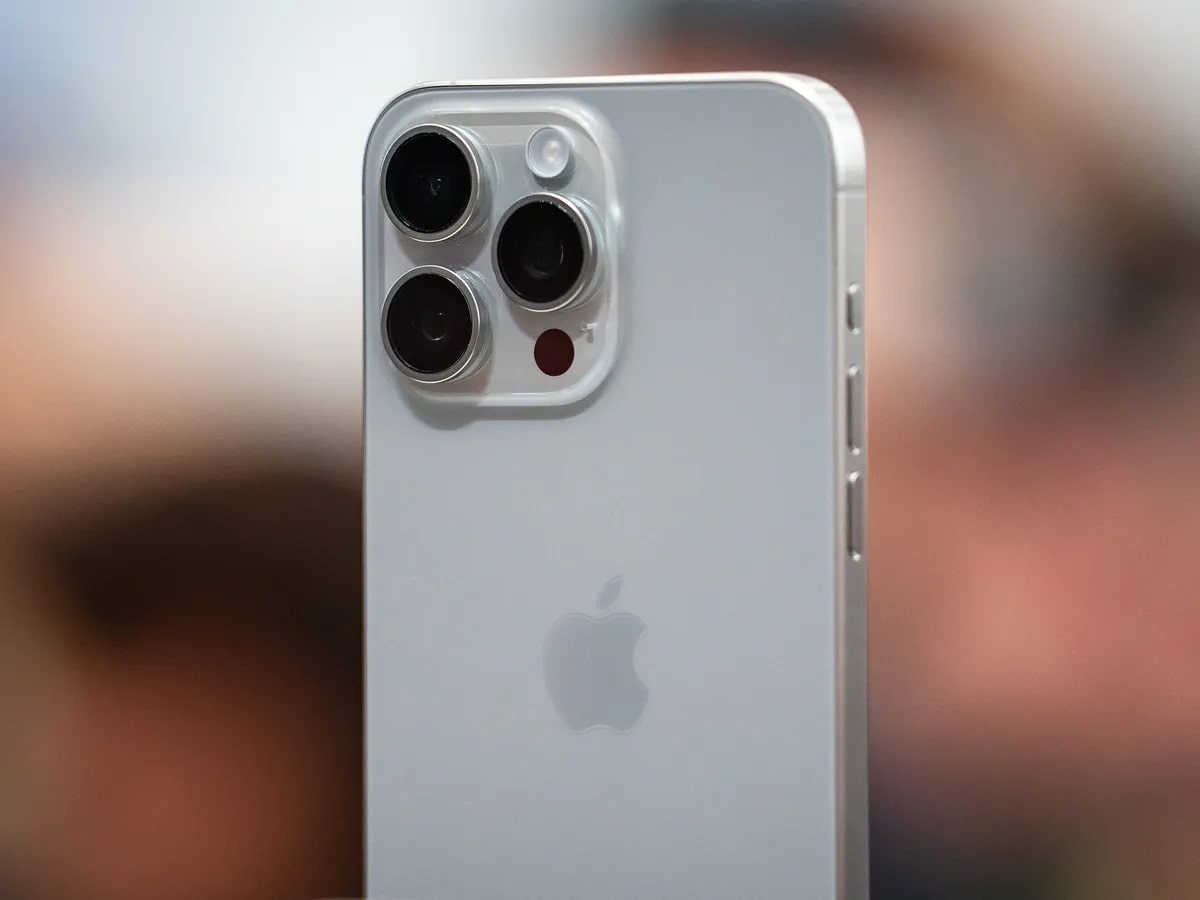Introduction
Face ID, the facial recognition technology introduced by Apple, has revolutionized the way we unlock our devices and authenticate our identities. With just a glance, our iPhones and iPads can instantly recognize us and grant access to our personal information. The convenience and security offered by Face ID have made it a popular feature among users.
But what happens when we are fast asleep? Can Face ID still work its magic and unlock our devices without our conscious participation? In this article, we will explore the intricacies of how Face ID functions, examine its sleep detection feature, and address the concerns regarding its effectiveness when we are in the land of dreams.
Face ID utilizes a complex system of sensors, cameras, and algorithms to map and recognize a user’s facial features with remarkable accuracy. By projecting and analyzing over 30,000 invisible dots onto the face, it creates a unique mathematical representation known as a facial map. This facial map is compared to the one stored during set-up, allowing for seamless identification and authentication.
One of the key features of Face ID is its sleep detection capability. When the device detects that the user’s eyes are closed or the angle of the face suggests sleep, it automatically changes its behavior to protect the user’s privacy. This means that the device won’t unlock with just a glance when the user is asleep, ensuring that unauthorized individuals cannot gain access to sensitive information while the user is unaware.
While this sleep detection feature offers an extra layer of security, there have been debates regarding its reliability. Some users have reported instances where their devices unlocked while they were asleep, raising concerns about the effectiveness of Face ID’s sleep detection. Understanding the factors that contribute to these occurrences is crucial in determining if there are any inherent risks associated with using Face ID while sleeping.
In the following sections, we will delve deeper into the effectiveness of Face ID when sleeping, exploring the risks and concerns that may arise, and providing tips on how to ensure secure usage.
How does Face ID work?
Face ID operates on a sophisticated system that combines both hardware and software components to provide secure and reliable facial recognition. These components work together seamlessly to ensure accurate identification and authentication.
At the heart of Face ID is the TrueDepth camera system, which is composed of various sensors, including an infrared camera, dot projector, and flood illuminator. When the user attempts to unlock their device, the TrueDepth camera system springs into action.
The dot projector emits over 30,000 invisible infrared dots onto the user’s face, creating a detailed depth map of their facial features. Simultaneously, the infrared camera captures this dot pattern and analyzes it, converting it into a mathematical representation called a facial map.
Once the facial map is created, it is compared to the one that was stored during the initial Face ID enrollment. This comparison is done using complex algorithms and neural networks, which analyze numerous facial data points, such as the distance between the eyes, the shape of the nose, and the contours of the face.
Through continuous learning and adaptation, Face ID becomes more accurate over time, improving its ability to differentiate between the user and imposter attempts. This learning process ensures that Face ID keeps up with changes in the user’s appearance, such as facial hair growth, glasses, or even aging.
Moreover, Face ID doesn’t just rely on static imagery. It also analyzes facial movement, capturing and evaluating changes in expression, such as blinking or smiling. This dynamic analysis helps prevent unauthorized access attempts using static photos or masks.
Another remarkable aspect of Face ID is its ability to work in various lighting conditions. With the help of the flood illuminator, which emits infrared light, Face ID operates seamlessly in both bright sunlight and dimly lit environments. This ensures that users can unlock their devices effortlessly, regardless of the lighting conditions.
Overall, Face ID’s complex hardware and software components work together to create a secure and reliable facial recognition system. By utilizing advanced technology and continuous learning, Face ID provides an intuitive and efficient user experience while maintaining a high level of security.
Sleep detection feature of Face ID
One of the essential features of Face ID is its ability to detect when the user is in a sleeping state. This feature plays a crucial role in maintaining the privacy and security of the device when the user is not actively using it.
When Face ID recognizes that the user’s eyes are closed or if the angle of the face suggests sleep, it automatically adjusts its behavior to protect the user’s sensitive information. In other words, when the user is sleeping, the device won’t unlock with just a glance, even if the face recognition is successful.
The sleep detection feature of Face ID is primarily based on the data collected from the TrueDepth camera system. By analyzing specific facial movements and characteristics associated with sleep, such as eye closure and relaxed facial muscles, Face ID can accurately identify when the user is asleep.
This feature adds an extra layer of security, ensuring that unauthorized individuals cannot gain access to the device and its contents while the user is unaware. It provides peace of mind, especially in scenarios where the device is left unattended or in case of theft.
Moreover, the sleep detection feature is designed to be subtle and intuitive. When the device detects sleep, it will not display any visual indications or notifications to avoid disturbing the user’s rest. This ensures a seamless user experience while maintaining privacy and security.
While the sleep detection feature of Face ID is generally reliable, it is essential to note that it is not foolproof. In some cases, external factors such as involuntary movements or facial expressions resembling sleep may lead to false interpretations by the system.
Additionally, the sleep detection feature of Face ID does not account for situations where the user is drowsy or resting with their eyes closed but not fully asleep. In such cases, the device may still remain unlocked with just a glance.
Overall, the sleep detection feature of Face ID enhances the security and privacy of the device by preventing unauthorized access when the user is sleeping. While it is generally effective, it’s important to remain mindful of its limitations and take additional precautions to ensure the utmost security of personal data.
Can Face ID be fooled when sleeping?
While Face ID is highly secure, there have been instances where it was reported to be fooled when the user was sleeping. These occurrences have raised concerns about the vulnerability of Face ID in certain situations.
One of the main factors that can potentially compromise the effectiveness of Face ID when sleeping is the presence of a similar-looking individual. If someone closely resembles the authorized user, there is a possibility that Face ID might mistakenly recognize them as the authorized user and unlock the device.
Another factor to consider is the user’s sleep behavior. Some users may sleep with their eyes partially open, wear sleep masks, or have facial expressions that resemble a sleeping state. In such cases, Face ID may still successfully authenticate the user’s face, even though they are not fully conscious.
Furthermore, certain manipulations can also bypass Face ID. For example, if an unauthorized individual waits until the user is in a deep sleep and then physically positions the user’s face in front of the device’s camera, Face ID might mistakenly unlock the device.
It’s important to note that these instances of Face ID being fooled when sleeping are rare and highly specific. The vast majority of users will not encounter such situations in their daily lives. However, it is crucial to be aware of these possibilities and take appropriate precautions to mitigate potential risks.
Apple continuously works on improving the security features of Face ID and regularly updates the software to address any vulnerabilities that may arise. It is recommended to keep your device updated with the latest software version as an additional measure to enhance the security of Face ID.
While Face ID is designed to be highly secure and reliable, it is essential to remain vigilant and follow best practices for device security. Implementing strong passcodes, enabling two-factor authentication, and employing additional security features like remote wipe can provide an extra layer of protection for your device and personal information.
By being mindful of the possible vulnerabilities and taking appropriate precautions, users can confidently enjoy the convenience and security offered by Face ID, even when sleeping.
The effectiveness of Face ID when sleeping
The effectiveness of Face ID when sleeping can vary depending on various factors and scenarios. While Face ID is designed to prioritize security and protect user privacy, it is important to understand its limitations and consider the specific circumstances.
In general, Face ID’s sleep detection feature works effectively to prevent unauthorized access when the user is asleep. When the device detects that the user’s eyes are closed or the angle of the face suggests sleep, it automatically adjusts its behavior to ensure that the device does not unlock with just a glance.
However, there have been cases where Face ID has been reported to unlock the device when the user is sleeping. These instances can occur due to various factors, including similarities in facial appearance, the user’s sleep behavior, or manipulation of the device by an unauthorized individual.
It is important to note that the chances of Face ID being fooled when sleeping are relatively rare and highly specific. Apple has implemented advanced algorithms and neural networks to minimize false positive results and continuously works on enhancing the security of Face ID.
While Face ID has been rigorously tested and proven to be highly secure, it is not infallible. No security measure is 100% foolproof, and it is always important to remain vigilant and take additional precautions to ensure the safety of personal data.
For those concerned about the effectiveness of Face ID while sleeping, it is recommended to enable additional security features such as requiring a passcode after a certain period of inactivity. This extra layer of security can provide added peace of mind, particularly when leaving the device unattended.
It is also important to remember that the primary purpose of Face ID’s sleep detection feature is to protect the user’s privacy and secure the device when they are not actively using it. Face ID is not designed to detect levels of consciousness or differentiate between sleep and drowsiness.
To further enhance the effectiveness of Face ID when sleeping, it is advisable to keep the device in a secure location and avoid sharing personal passcodes or biometric authentication details with others. Regularly updating the device’s software can also help ensure that any potential security vulnerabilities are addressed.
Ultimately, while Face ID offers a convenient and secure way to authenticate and unlock devices, users should remain mindful of its limitations and take necessary precautions to maintain the highest level of security when sleeping or in any other scenario.
Risks and concerns with Face ID while sleeping
While Face ID provides a high level of security, there are some risks and concerns associated with using it while sleeping. It’s important to be aware of these potential issues to make informed decisions regarding device security.
One of the primary concerns is the possibility of someone physically manipulating the sleeping user’s face to unlock the device. If an unauthorized individual gains physical access to the device and repositions the user’s face in front of the camera, Face ID might mistakenly authenticate and grant access to the device and its contents.
Another concern is the potential for false positive results, leading to the device unlocking when the user is not fully asleep. Factors such as sleep behavior, facial expressions, or even physical characteristics similar to the authorized user can trigger false unlocks. This poses a risk of unauthorized access to personal information while the user believes their device is secure.
Additionally, privacy concerns may arise if the user shares a sleeping space with someone who bears a strong resemblance to them. In these situations, Face ID may mistakenly recognize the other person as the authorized user, granting them access to the device and potentially compromising sensitive data.
Furthermore, there is a broader concern about the possibility of facial recognition data being collected and misused while the user is sleeping. Although Face ID is designed to be secure and the facial data is stored locally on the device, the potential for data breaches or unauthorized access to personal information always exists.
It’s crucial to be aware of these risks and concerns to address them proactively. To mitigate the risks associated with Face ID while sleeping, it is recommended to implement additional security measures such as enabling a strong passcode or using a combination of biometric authentication and passcode.
Furthermore, users should take precautions to secure their devices physically, such as keeping them in a safe and secure location, enabling touch ID or requiring a passcode when the device is not in use, and being mindful of who has access to the device, especially during sleep.
Regularly updating the device’s software to the latest version, as well as considering the use of additional security features like two-factor authentication, can also enhance the overall security of the device and mitigate potential risks.
While Face ID is generally a secure authentication method, it is important for users to be cautious and take necessary steps to protect their personal information and maintain the highest level of security, particularly when using the feature while sleeping.
Tips for secure use of Face ID while sleeping
To enhance the security of using Face ID while sleeping, consider implementing the following tips:
- Enable a strong passcode: In addition to Face ID, set a strong passcode for your device. This provides an additional layer of security and prevents unauthorized access even if Face ID is compromised.
- Keep your device physically secure: Store your device in a safe and secure location while sleeping, such as a locked drawer or a bedside table with a lock. This helps prevent physical access and manipulation by unauthorized individuals.
- Cover or obstruct the camera: If you have concerns about potential manipulation while asleep, consider covering or obstructing the front camera of your device. This can be done using a physical camera cover or by placing the device face-down.
- Disable Face ID temporarily: If you are in a situation where you require heightened security while sleeping, you can temporarily disable Face ID. This can be done by going to the device settings and navigating to the Face ID & Passcode section.
- Regularly update your device’s software: Ensure that your device is running the latest software updates provided by Apple. These updates often include security enhancements that can protect against potential vulnerabilities.
- Minimize potential look-alike scenarios: If you share a sleeping space with someone who bears a strong resemblance to you, consider adjusting the sleep position or using separate sleeping arrangements to minimize the risk of Face ID recognizing the other person as the authorized user.
- Exercise caution with authorized face data: Be mindful of who has access to your device and ensure that only your authorized facial data is stored. Avoid sharing your device with others and regularly review and manage the Face ID settings to maintain control over the stored data.
By implementing these tips, users can enhance the security of using Face ID while sleeping and reduce the risks associated with potential unauthorized access or manipulation.
Conclusion
Face ID has undoubtedly revolutionized the way we unlock our devices and authenticate our identities. Its sophisticated facial recognition technology offers a seamless and secure user experience. However, when it comes to using Face ID while sleeping, there are certain considerations and potential risks to keep in mind.
The sleep detection feature of Face ID is designed to protect user privacy by preventing the device from unlocking with just a glance when the user is asleep. While generally effective, there have been instances where Face ID has been fooled when the user is in a sleeping state or physically manipulated by someone else.
Users should be aware of the limitations of Face ID and take additional security measures to ensure the utmost protection of their personal information. Implementing strong passcodes, securing the physical location of the device, and regularly updating the device’s software can help enhance security while using Face ID while sleeping.
It is important to note that while Face ID provides a high level of security, no security measure is foolproof. Users should remain vigilant and take necessary precautions to protect their devices and personal data.
By understanding the features and limitations of Face ID, being mindful of potential risks, and following best practices for device security, users can confidently and securely utilize Face ID, even when sleeping.







